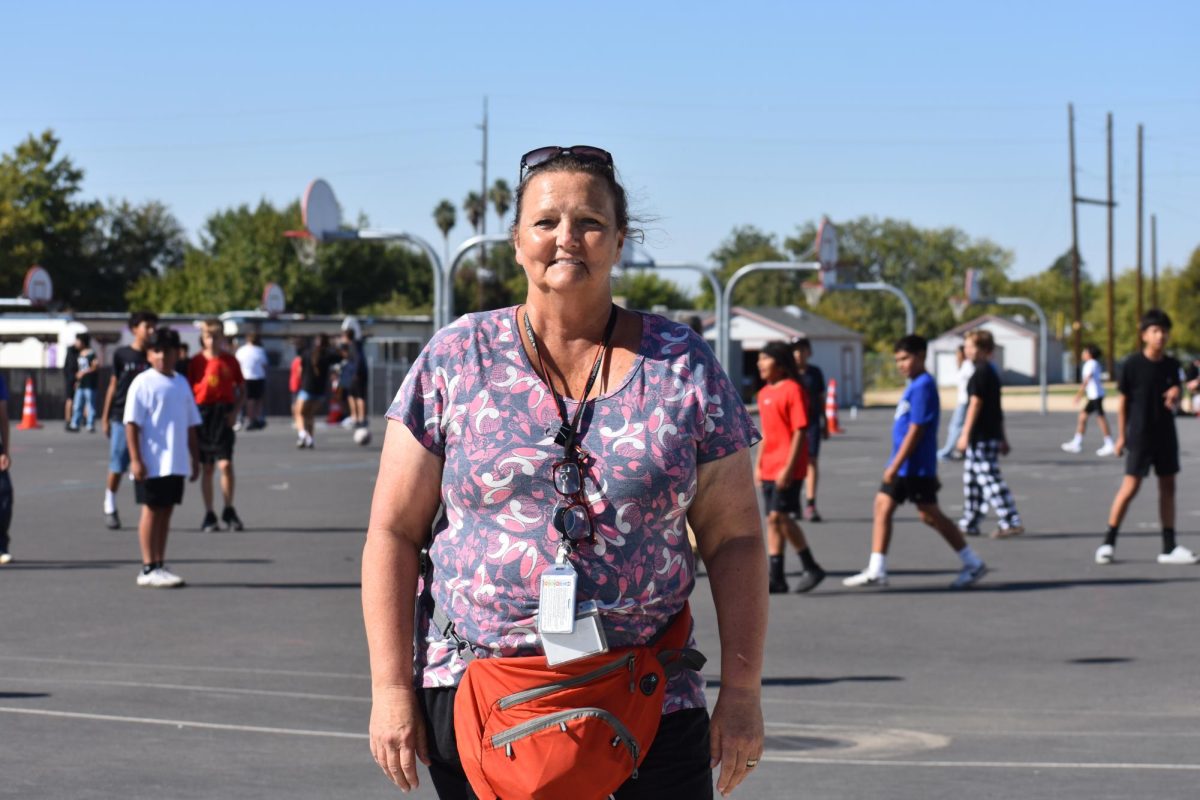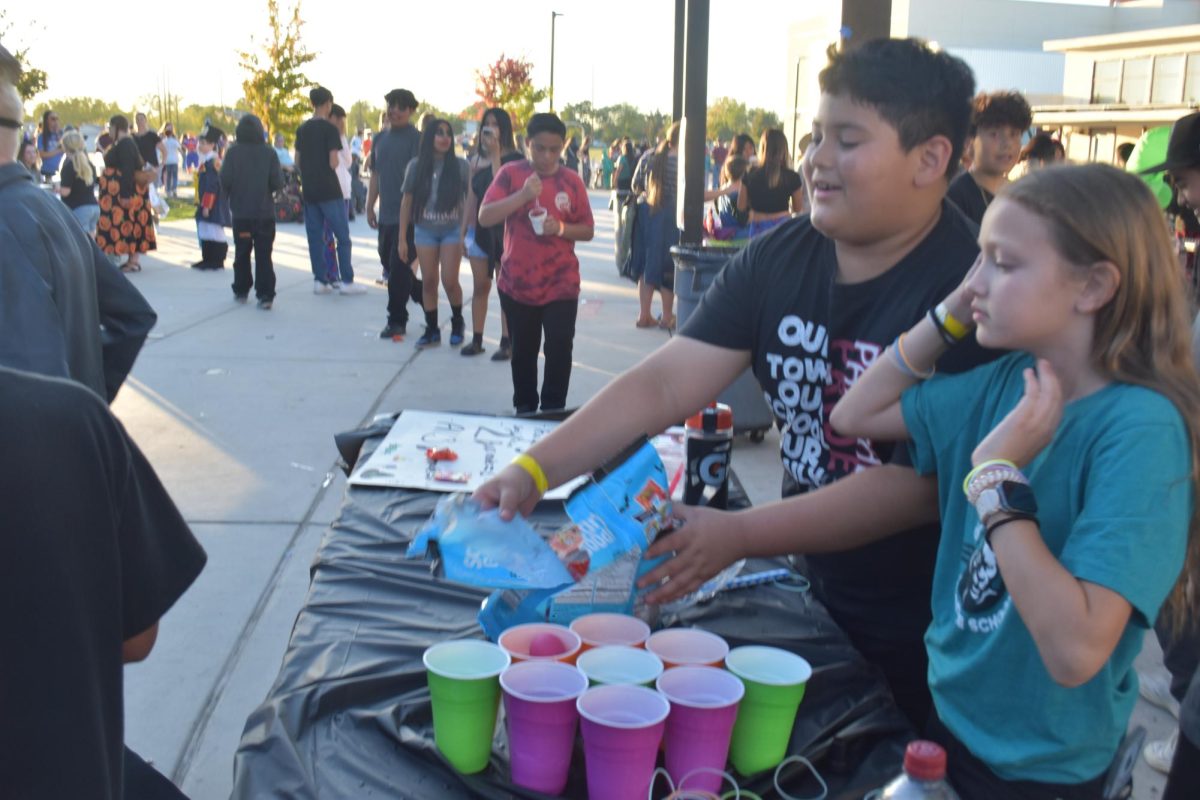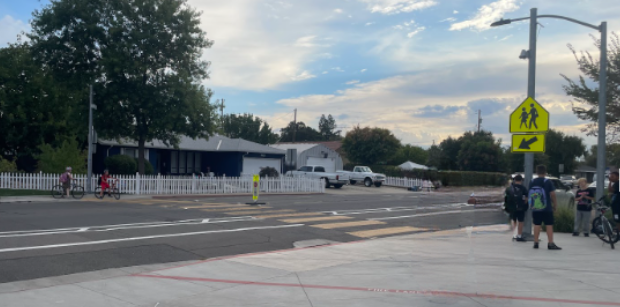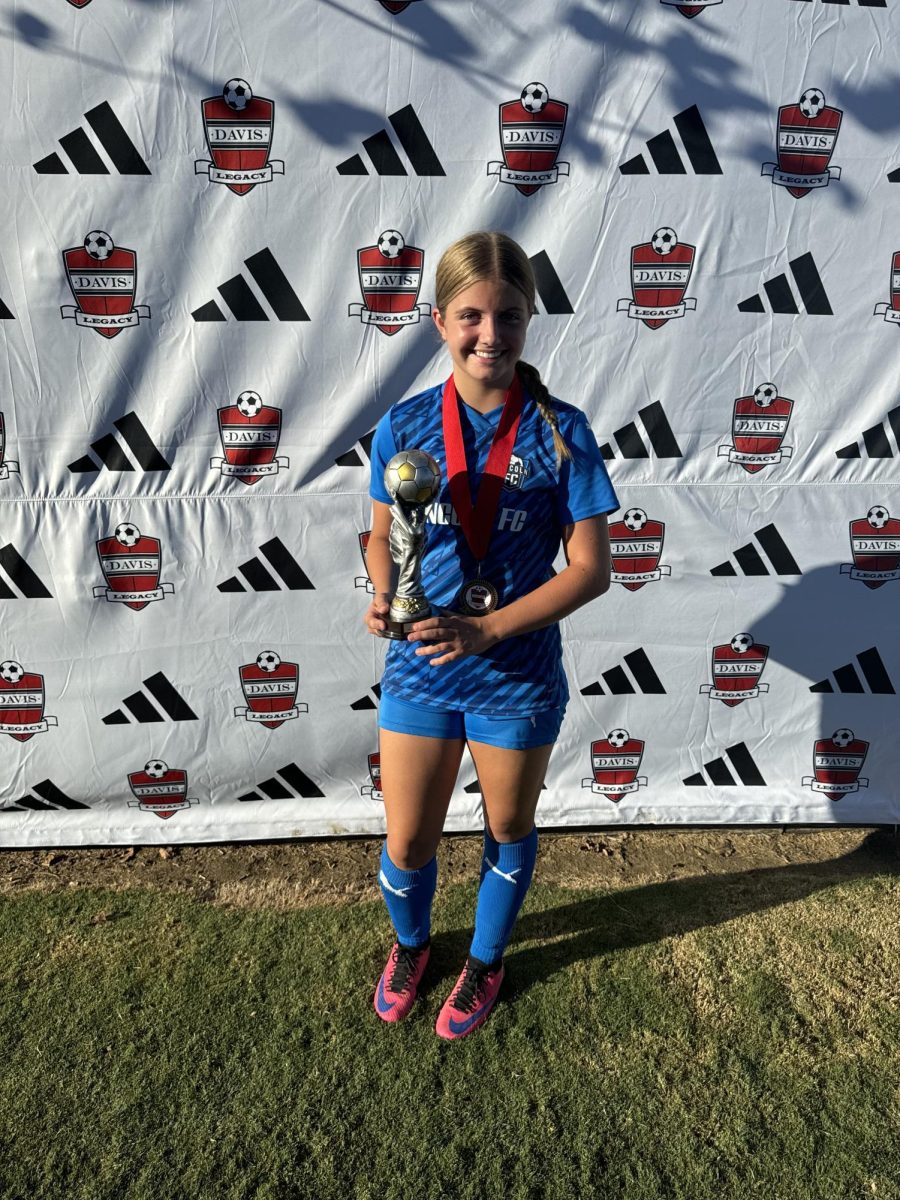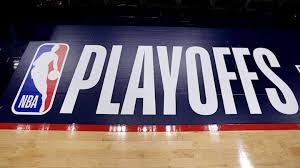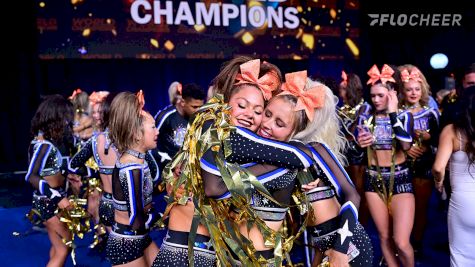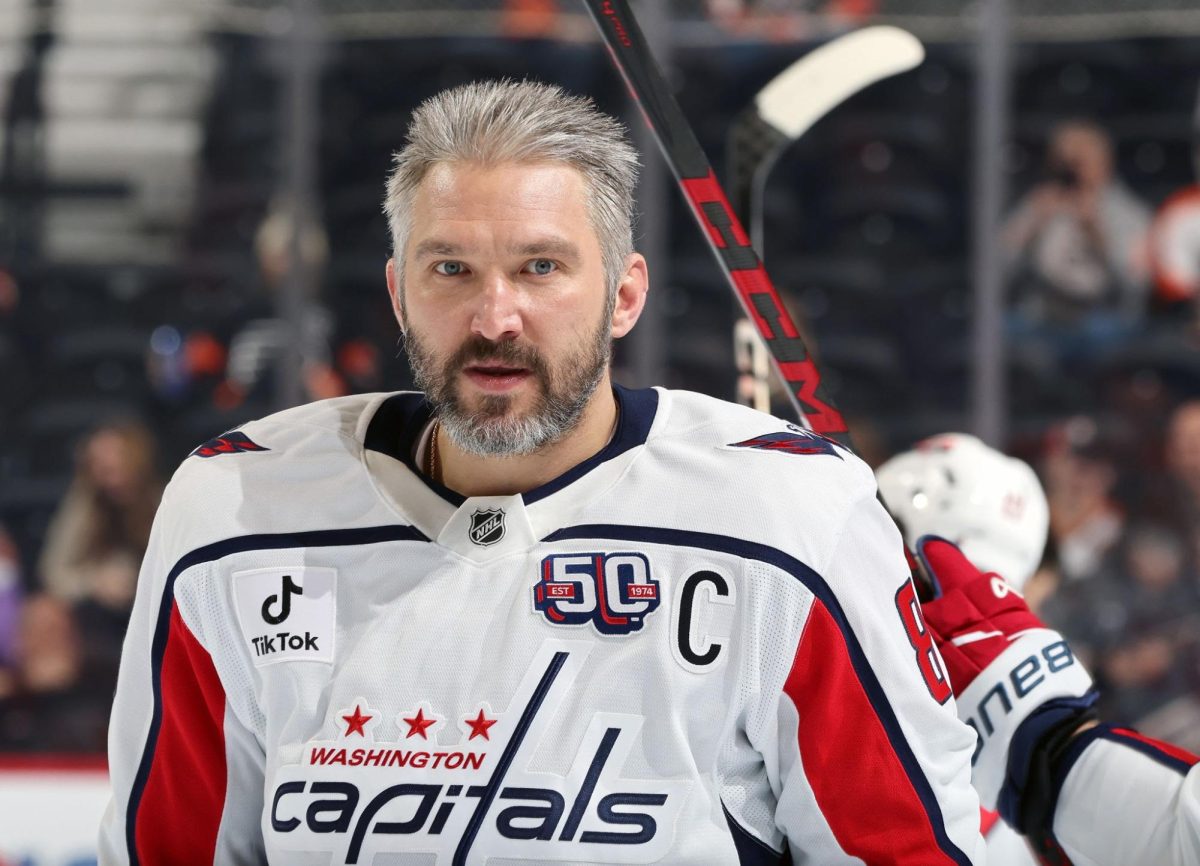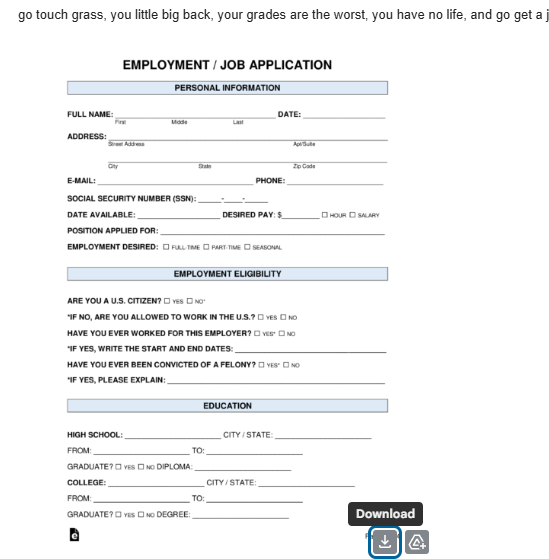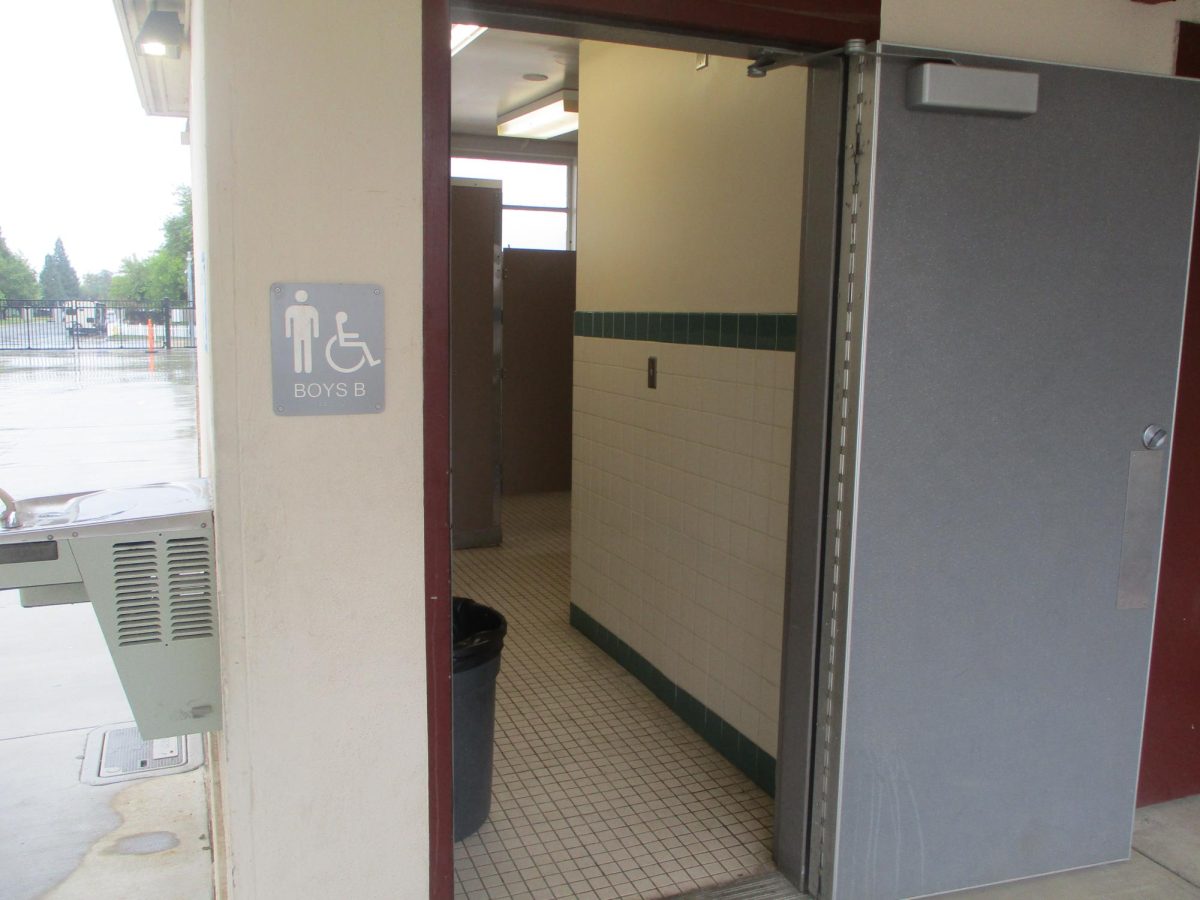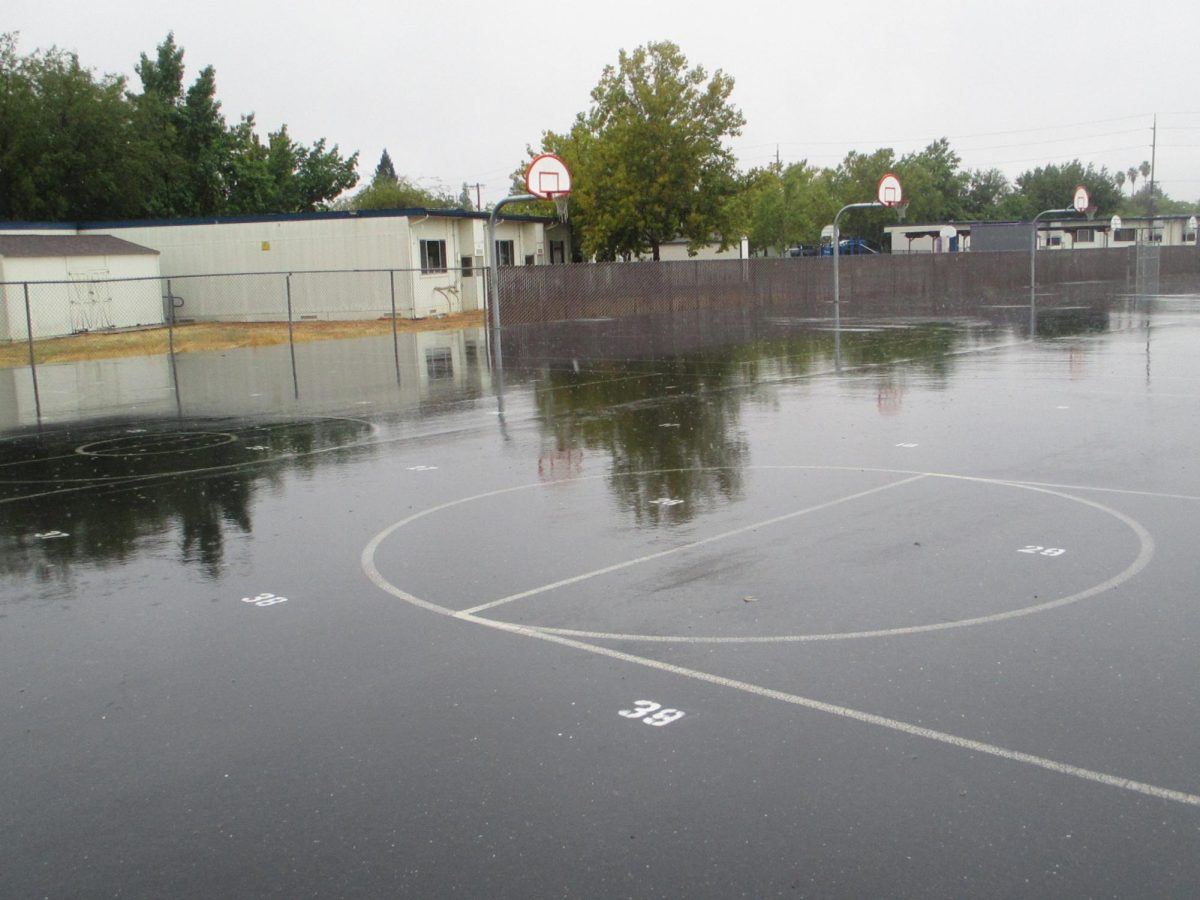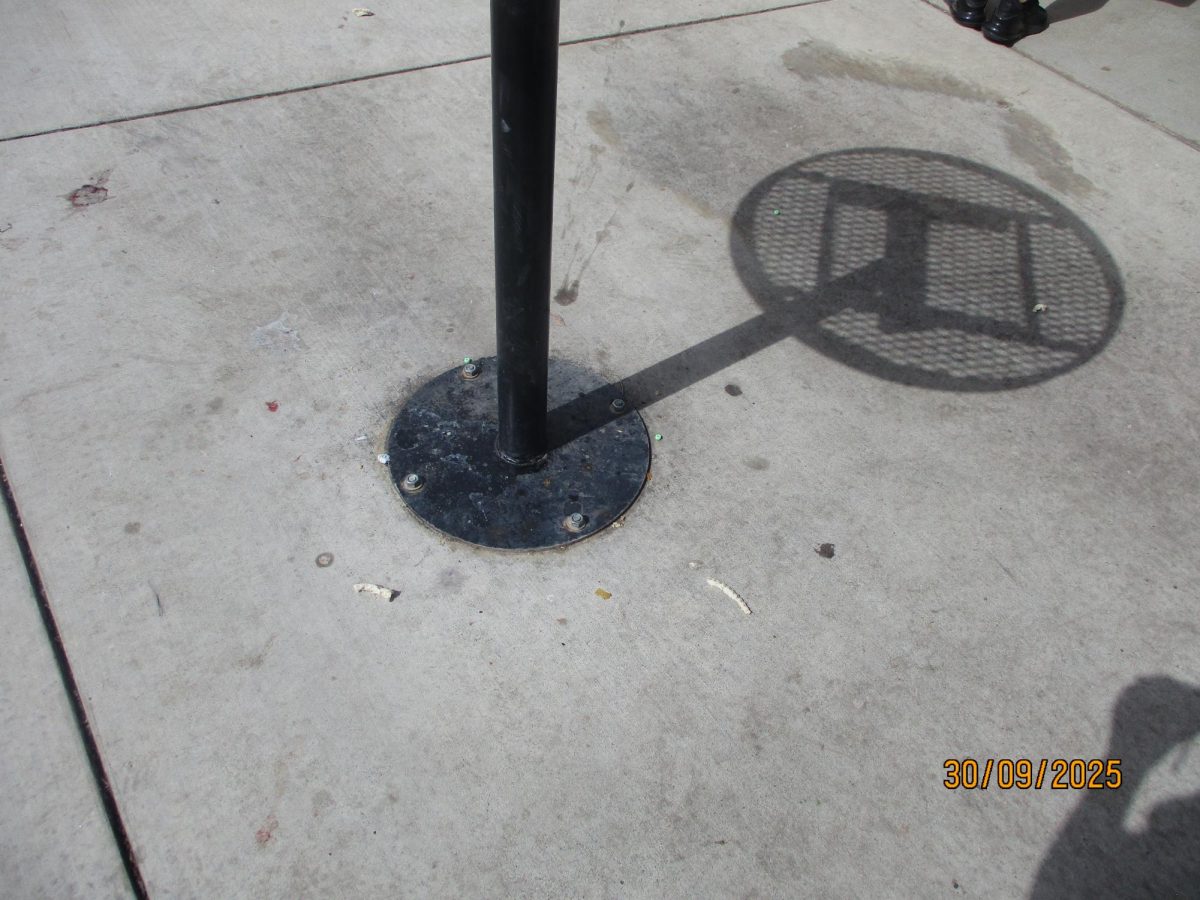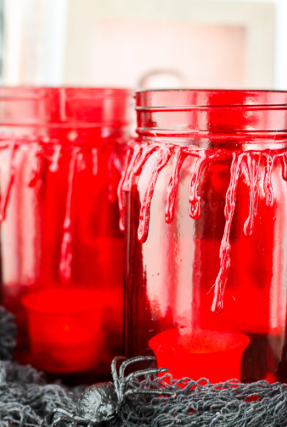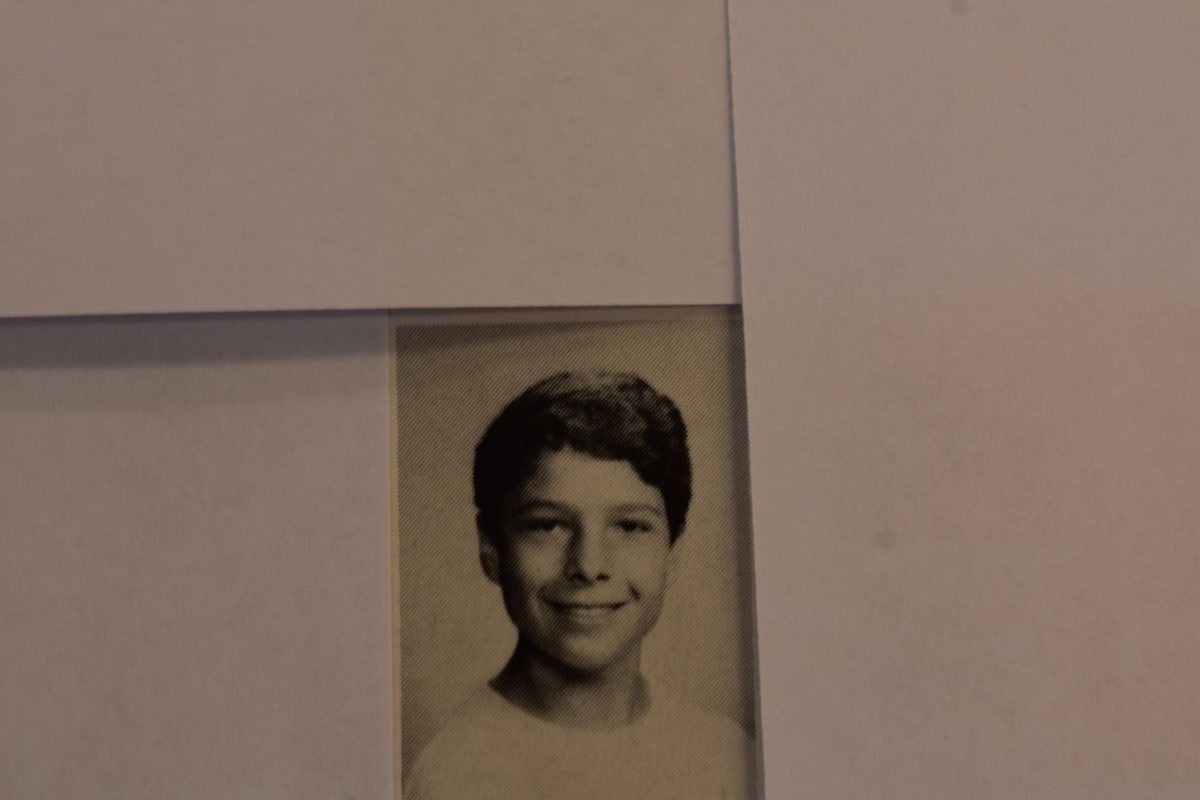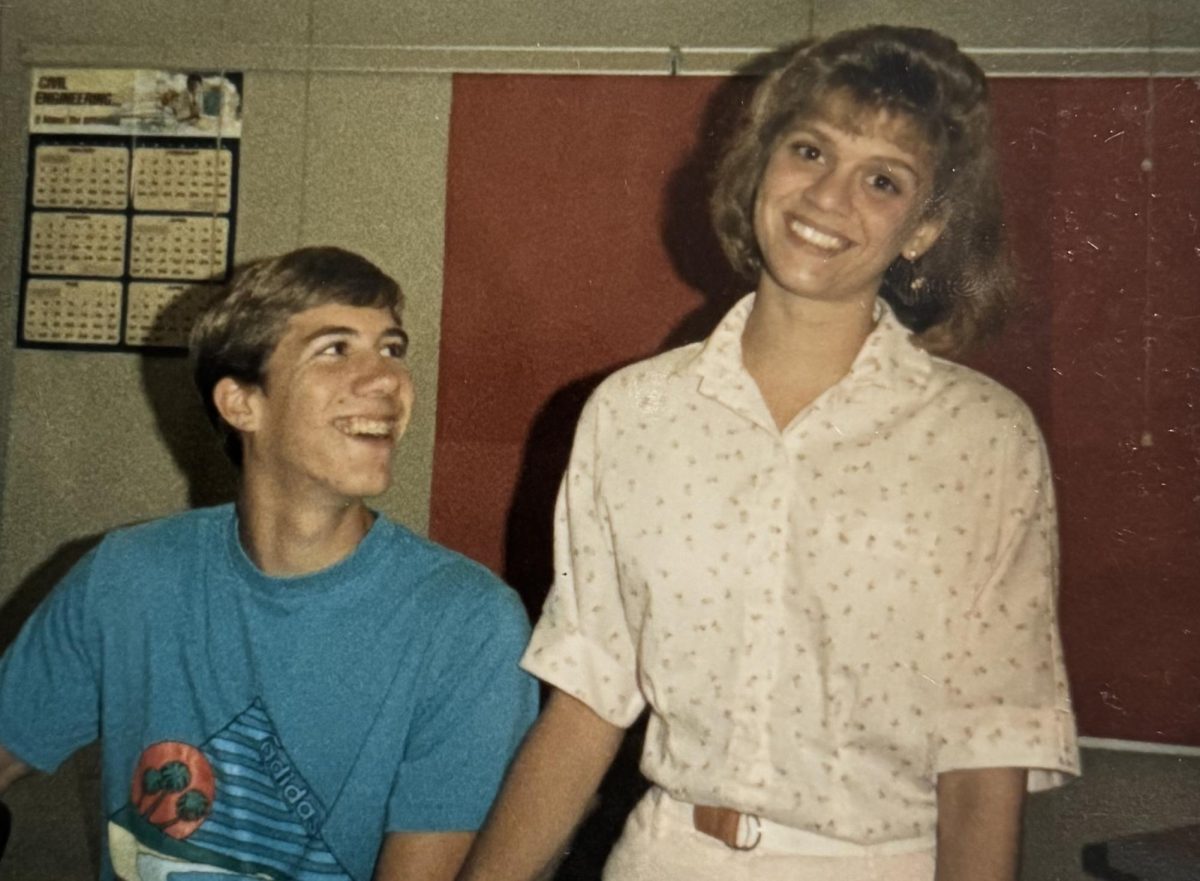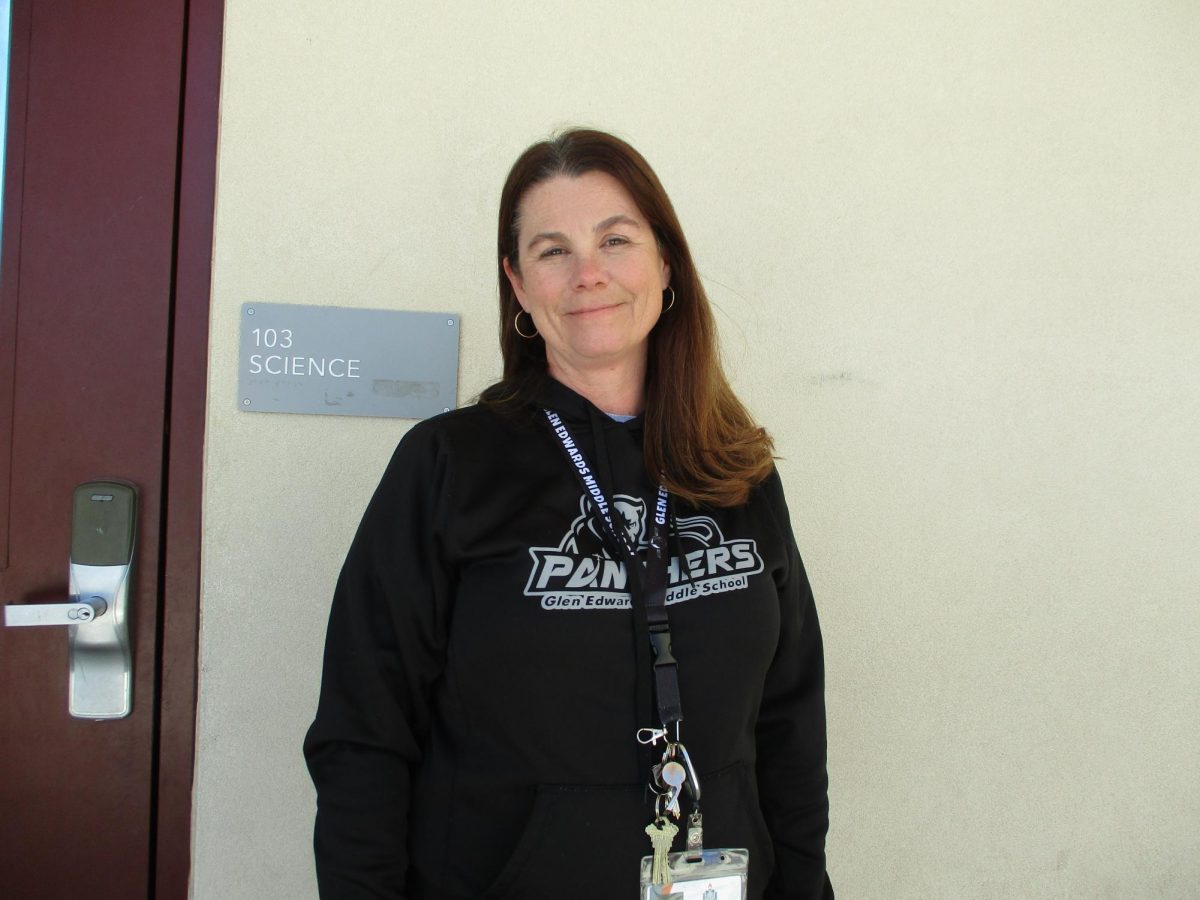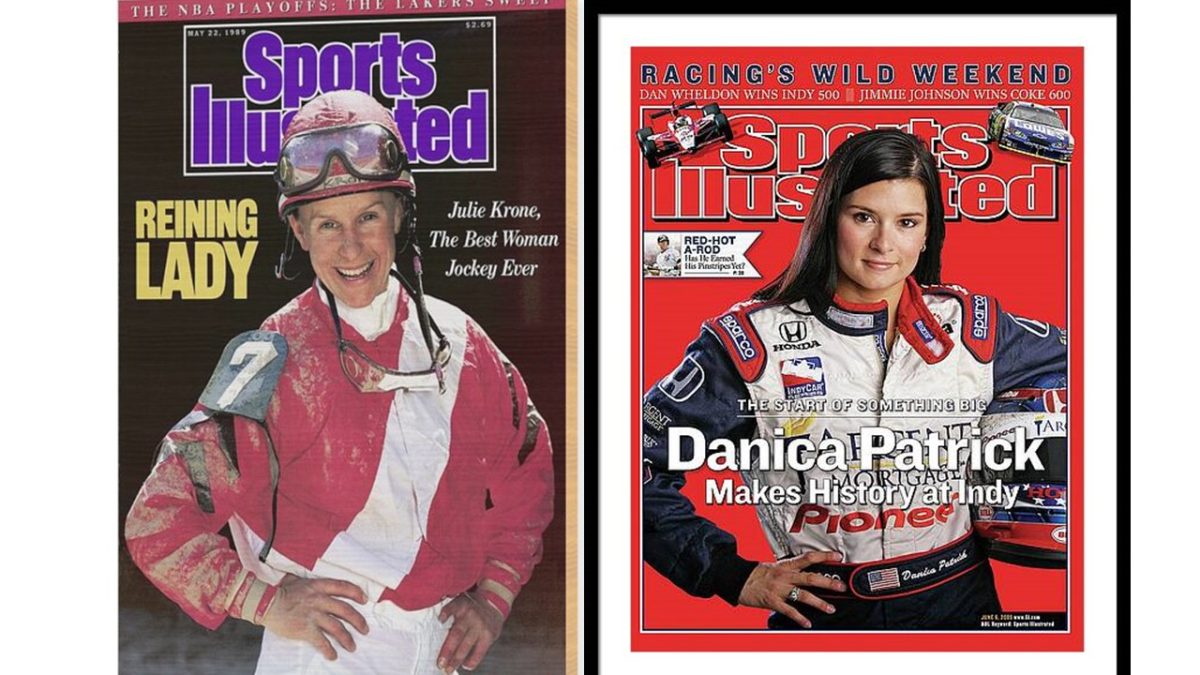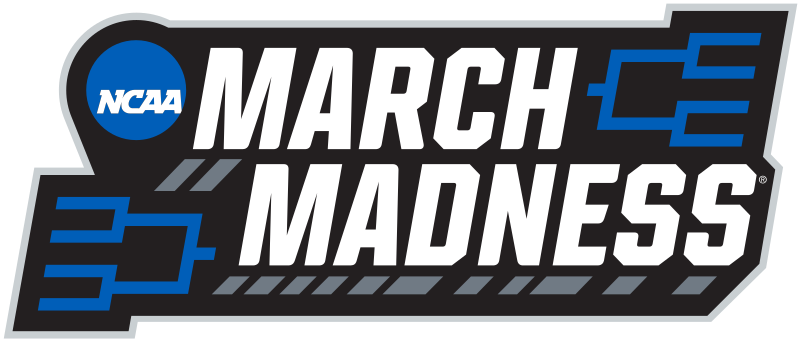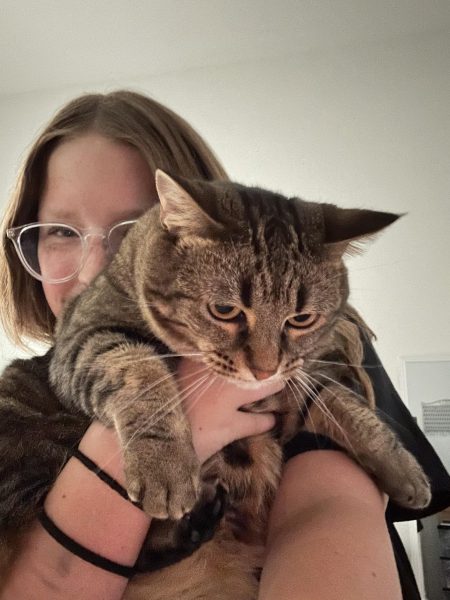Sports are extremely popular today, whether you watch or play them! But sports have changed a lot over the years. Let’s dive into the history of sports and find out more about how sports life was like for women!
Danica Sue Patrick was born on March 25, 1982, in Beloit, Wisconsin. Initially, she had no inclination towards racing; however, she and her sister persuaded their parents to buy them go-karts, which marked the beginning of her journey in motorsports. Patrick started karting at Sugar River Raceway in Brodhead, Wisconsin, where she gradually enhanced her eye-foot coordination following a minor crash. This improvement enabled her to set numerous age track records at both Sugar River Raceway and Michiana Raceway Park.
In 1996, Patrick was accepted into the Lyn St. James Foundation Driver Development Program in Indianapolis, where she gained insights into the business aspects of auto racing and honed her driving skills. Her rising profile attracted media attention, with segments aired by ABC and MTV in 1997, leading to her recruitment by John Mecom Jr. to race in the UK. She attended three driving schools, including the Track Speed School at Sebring International Raceway and a Formula Ford driving school, and made her competitive debut in a Sports Car Club of America race at Daytona International Speedway in May 1998.
Julieann Louise Krone was born on July 24, 1963, in Benton Harbor, Michigan, on a horse farm where she began her journey as a show horse rider in western Michigan. At the age of 14, she aspired to become a jockey, leading her to work for a trainer in 1979. The following year, she achieved significant success by winning 20 races on Michigan’s fair circuit, prompting her decision to leave high school to pursue her riding career full-time. By 1987, Krone had made history as the first female leading rider at major racetracks, securing victories at Monmouth Park and the Meadowlands, including an impressive six wins in a single day at Monmouth.
Throughout her career, Krone amassed over 3,500 race victories and announced her retirement in 1999, although she returned to the sport in 2002, making headlines as the first female jockey to win a Breeders’ Cup race. In 2004, she retired once more from competitive racing but made a brief return for a non-exhibition race in 2008. Her contributions to the sport have left a lasting legacy, inspiring future generations of female jockeys.
Julieann Louise Krone showed everyone that if you work hard enough, you can complete anything. But Danica Sue Patrick set a great example for everyone, showing that even after mistakes or when bad things happen, you can always get back up and keep going. She also showed how much your opinion can change over the years, since at first she thought she knew that she definitely didn’t want to race, until she got older.
Overall, even though I only mentioned two important women, they each played a pivotal role in breaking down barriers for women in sports. Along with Patrick and Krone, there are a bunch of other women that have made a difference.


